Palmetto Bluff Real Estate Company Sales Office
Office Hours
Monday-Friday 9am - 5pm
Saturday 9am - 4pm
Sunday 12 - 4pm
Saturday 9am - 4pm
Sunday 12 - 4pm
About the writer: Zoe Klauck is a senior at the University of South Carolina in Columbia. She is currently finishing her degree in anthropology and art history, and over the past four summers, she’s worked as an archaeology intern for the Palmetto Bluff Conservancy. Her work here is centered in the lab; cleaning, organizing, labeling, and reconstructing artifacts from the field.
Reconstruction is by far the best part of my job, but I don’t just do it for fun. Restoring different artifacts gives archaeologists more information about the kinds of vessels used here at Palmetto Bluff. After fitting two or more fragments together, patterns, decorations, and logos start to appear. From that, we can determine the date, manufacturer, and/or function of the vessel.
For example, I’ve been working on reconstructing a glass Ball canning jar. While pulling other artifacts for research, I came across two bags containing a unique aqua-colored glass. They came from different levels, but I was sure they could be the same vessel. I asked Dr. Socci if I could attempt a reconstruction, and with her permission, I was eager to get started.

If you’re lucky enough to have multiple pieces, it’s best to begin working bottom to top. The base of the jar has the thickest glass, so it’s easy to tell which pieces to start with. The next thing I look for are pieces that have any letters embossed on them so I can create the logo. This particular jar had two different text styles. ‘Ball’ is written in a thin cursive script, while ‘ideal’ is bold and all capitalized. With the base and the logo intact, we could begin our artifact research.

Logos are super helpful when it comes to trying to date an object. The word ‘Ball’ lets us know this jar is a product of the Ball Bros. Glass Manufacturing Company. These jars were very popular among those who canned and preserved goods at home. I also found out that Ball had their own unique shade of blue glass called Ball Blue. Company names and logos change over time, so by finding when a specific variation was used, we can date the vessel.

Looking at the charts, we see that our version of ‘Ball’ was used from 1910 – 1923, and our version of ‘Ideal’ was used from 1915 – 1923. This means our specific jar dates from 1915 to 1923. So by just using the logo, we are able to learn the date, manufacturer, and function of our glass jar.
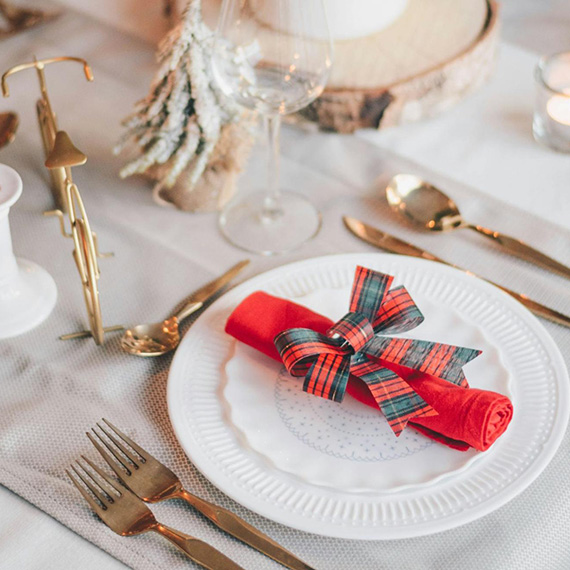
Warm, fragrant, and deeply comforting, Chef Beth’s Southern Sausage & Sage Stuffing is a holiday classic that brings together rich pork sausage, fresh herbs, and toasted bread for the ultimate savory side dish. Studded with green apples and aromatic vegeta...
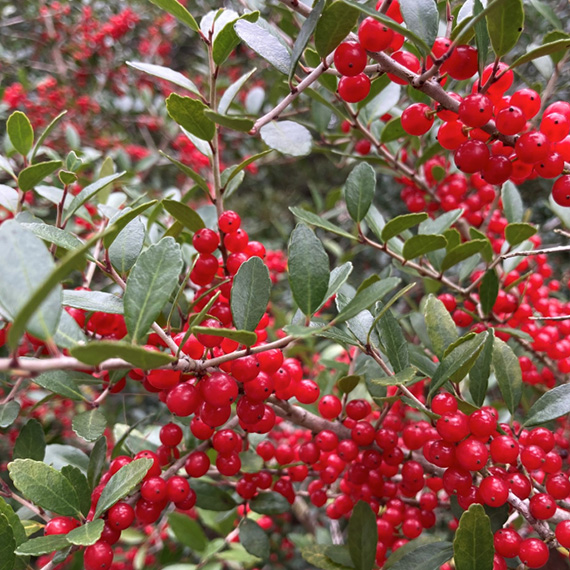
As December settles over Palmetto Bluff, it brings softer light, cooler mornings, and the natural beauty of native evergreens and winter berries that define the Lowcountry landscape. Palmetto Bluff Conservancy’s Education and Outreach Manager, Aaron Palmier...
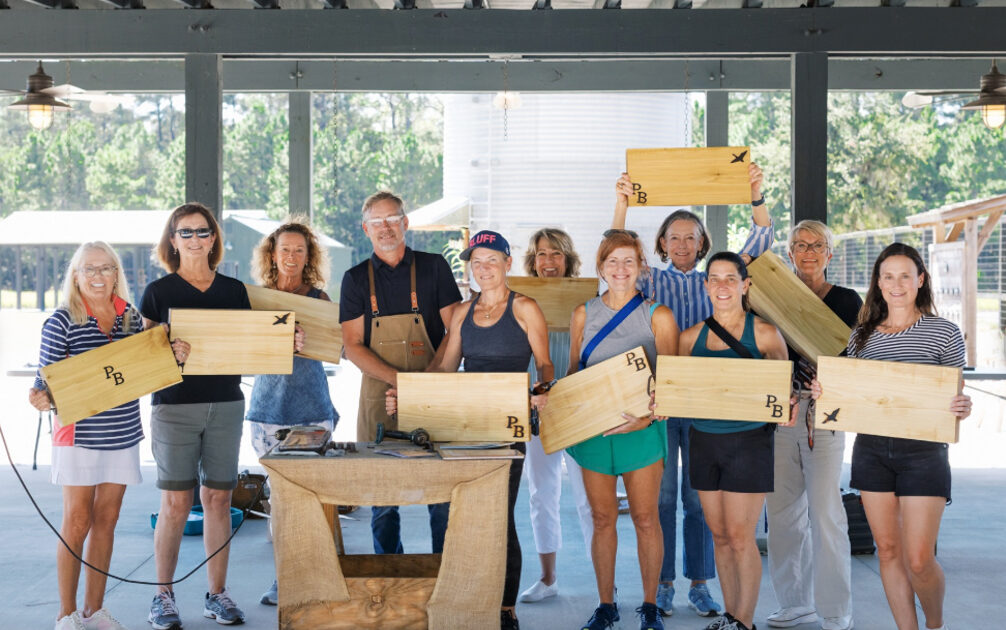
In 2025, Palmetto Bluff welcomed new neighbors and old friends, groundbreakings, and long-awaited openings. From inspired Club gatherings and elevated programming to the creation of our latest golf course, the year was defined by connection and excitement for ...

There is something serene about waking up to shimmering water, the stillness of the woods, or the sweep of marsh and sky right outside your window. Even without stepping outside, science shows that simply seeing nature from home can meaningfully improve mental...

The Ultimate Choice: Building vs Buying a Home in Palmetto Bluff For those searching for Palmetto Bluff homes for sale, this common question often arises: Should you choose an existing residence, or embrace the opportunity to build your own? While a complet...

A Complete Guide to South Carolina Winter at Palmetto Bluff South Carolina's winter is unlike any other on the East Coast. While many travelers search for “South Carolina winter” expecting cooler temperatures and limited outdoor options, the Lowcountry revea...
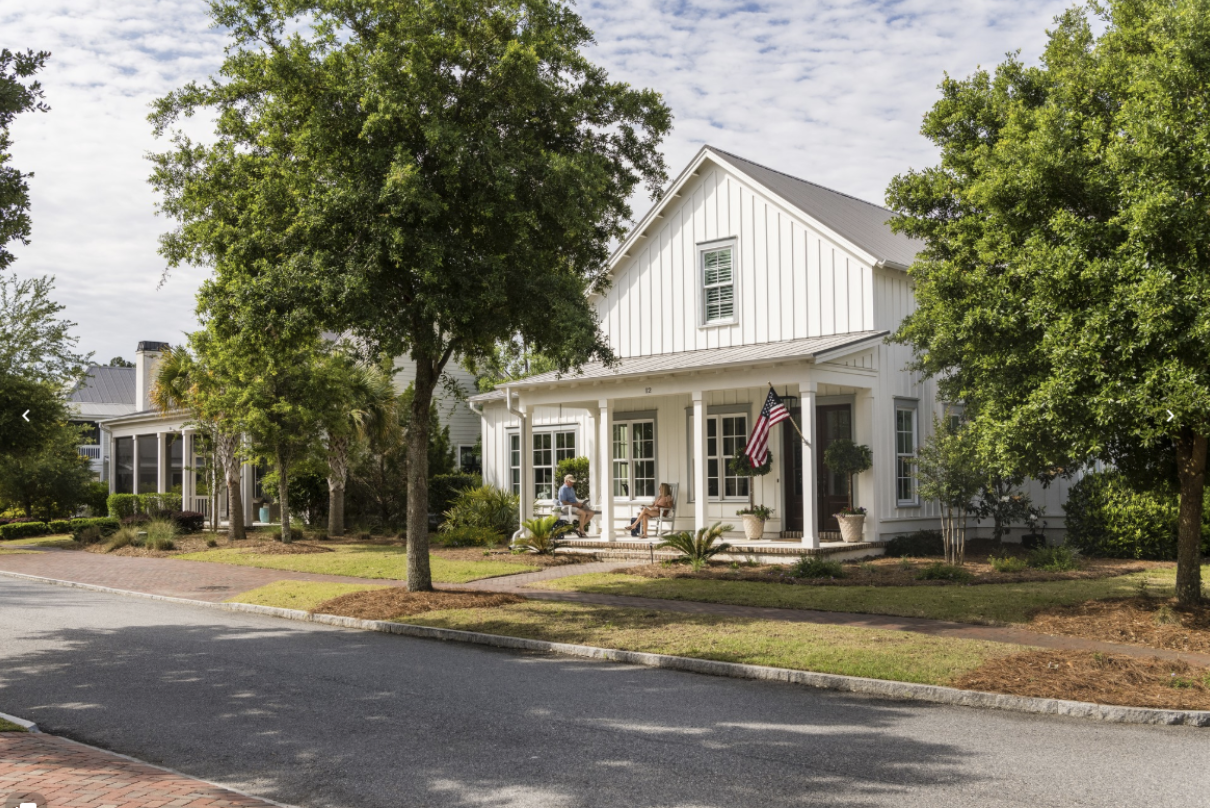
River Road: Where Lowcountry Beauty Meets Elevated Everyday Living Tucked gracefully between Wilson Village and Moreland Village, River Road is one of Palmetto Bluff’s most immersive communities. It's where the pace of life seems to soften, classic Southern ...
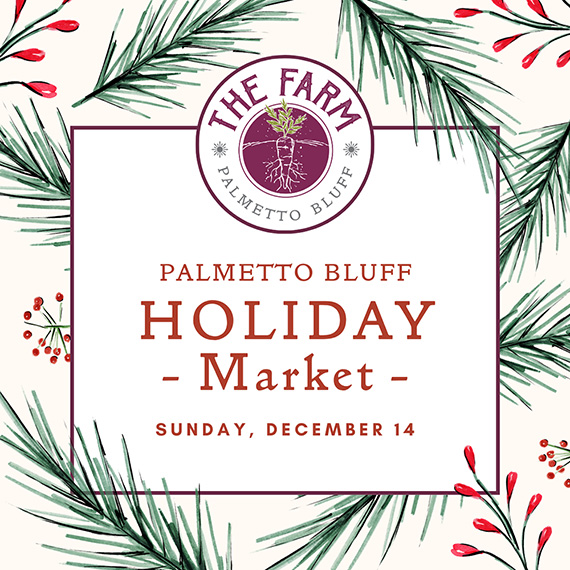
Sunday, December 14 | 9am to 1pmVillage GreenThe season’s most festive farmers market, the Holiday Farmers Market, comes to Wilson Village on Sunday, December 14, from 9am to 1pm. All are welcome to visit and experience the magic of holidays at the Bluff. The ...

Tucked amid whispering pines and overlooking a tranquil water trail, 11 Lyonia Street is where Lowcountry charm meets modern artistry. The newly built residence redefines Southern living with a balance of craftsmanship and calm. This is a home that feels both ...
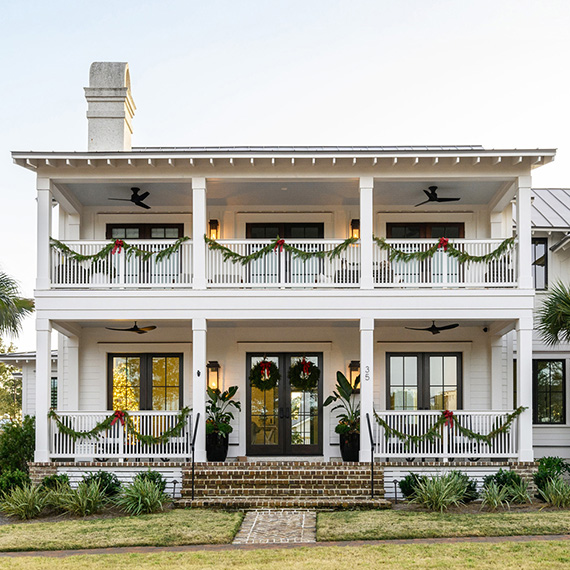
The holiday season in the Lowcountry brings crisp air, oaks draped in twinkling lights, and laughter drifting from homes where families and friends gather once again. At Palmetto Bluff, the holidays are more than just a season; they’re a feeling of togethernes...
Learn about the Palmetto Bluff Conservancy and how we keep the vision of our land in place.
On land or water, there is an ever-evolving variety of activities.
We do not attempt to independently verify the currency, completeness, accuracy or authenticity of the data contained herein. All area measurements and calculations are approximate and should be independently verified. Data may be subject to transcription and transmission errors. Accordingly, the data is provided on an “as is” “as available” basis only and may not reflect all real estate activity in the market”. © [2023] REsides, Inc. All rights reserved. Certain information contained herein is derived from information, which is the licensed property of, and copyrighted by, REsides, Inc.